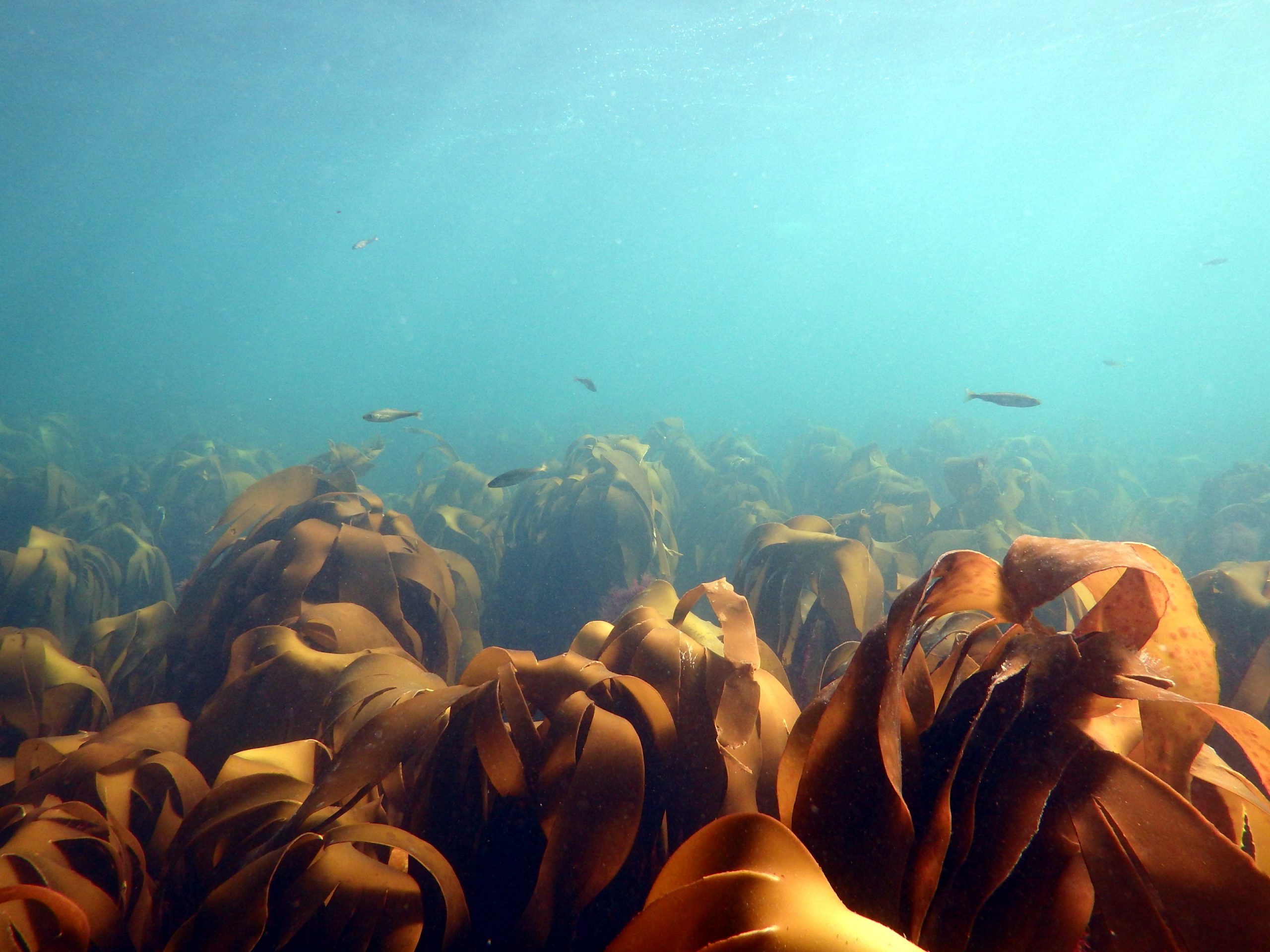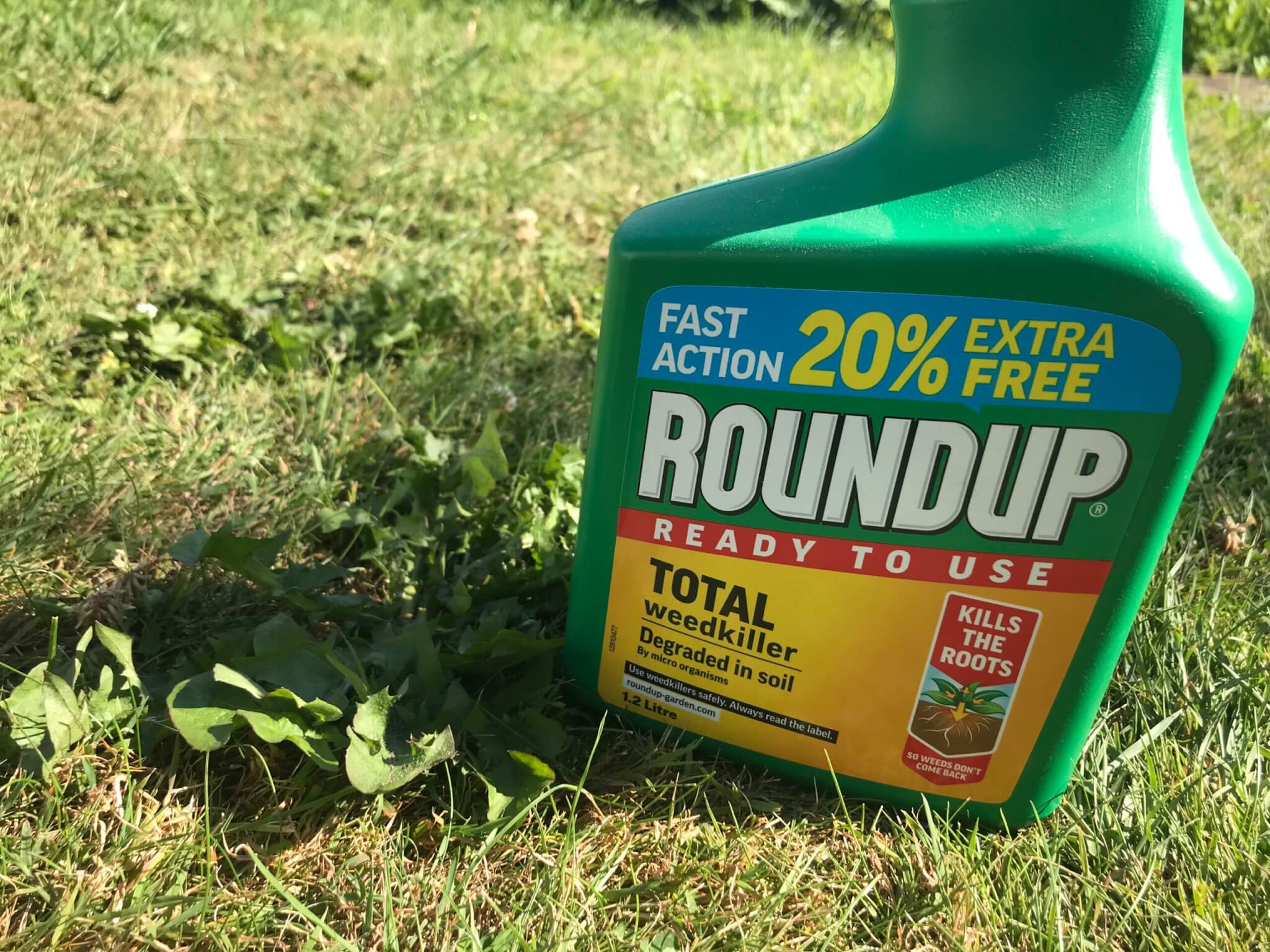With increasing demand for hand-harvested seaweed, this industry is set to scale up around the British coastline. The UK’s first large-scale commercial seaweed farm has just been given the go-ahead in Scarborough, and others are in the pipeline in Devon and Norfolk. So, what makes seaweed – actually a form of algae – so popular and, more importantly, so sustainable?
Often described as a superfood, seaweed rich in vitamins and minerals, high in fibre, low in fat, and contains many trace elements essential to our diet. “This emerging sector has a lot of potential and seaweed also has many different applications besides human food,” says Cat Wilding, a senior research assistant at the Marine Biological Association (MBA). Seaweed is used as agricultural and aquaculture feed, extracts can be used as a gelling agent, it’s important in pharmaceuticals and cosmetics, and shows promise as a biofuel and bioplastic. In fact, thousands of bitesize seaweed capsules of water are being trialled at this year’s London Marathon as an ingenious way to eliminate single-use plastic waste.

With an astonishing diversity – 650 species of red, green and brown seaweeds grow around the British coastline – seaweed has been a largely untapped resource. Until now. Half a dozen or so small-scale artisan ‘producers’ are licensed to hand-harvest seaweed, from Mara Seaweed in Edinburgh and the Hebridean Seaweed Company, to Ebb Tides in East Devon and the Cornish Seaweed Company. But this wild harvest is no longer meeting growing consumer demand, and companies are now applying to cultivate seaweed offshore.
Wilding explains that because seaweed hasn’t traditionally been a huge part of our diet, Europe is playing catch up. “Some commercial seaweed farms already exist in Norway, France, Spain and Portugal, and in China, seaweed has been farmed for almost a couple of millennia, albeit using different techniques. In Asia, fragments of seaweed are spiked onto bamboo sticks where they grow vegetatively in shallow sea water on a huge scale,” says Wilding, whose research focuses on how seaweed responds to climate change and marine heat waves.

Former fisherman and commercial diver Wave Crookes and his partner Laura Robinson, a professor in marine science, have recently secured £472,000 in funding from the government’s Coastal Communities Fund to set up England’s first commercial seaweed farm. Located in the North Sea, four miles from Scarborough, their company SeaGrown will farm and harvest brown seaweeds that grow naturally in this area, such as sugar kelp and oarweed, over 25 hectares of open sea. This summer, they’ll install a network of buoys and ropes fixed to the seabed, then grow a solution of spores in the lab until they develop into seedlings. These will be transferred onto the rope at sea this autumn, and by February or March next year, the first seaweed should be ready to harvest.
“As farming methods go, seaweed farming is as sustainable as you can get: we only harvest what we have seeded in the first place, it doesn’t use any chemicals, power, freshwater or land space,” explains Crookes. “It’s also incredibly good at absorbing carbon and releasing oxygen into the water. We’ll be creating marine jobs in what is actually quite a deprived coastal area, plus the farm will create diverse habitats and hopefully become a haven for marine wildlife.”

In fact, wild kelp forests are a nursery area for breeding fish, crabs, lobsters and a foraging ground for other species including sea birds. Harvested seaweed will be used across the full spectrum of industries – some will be sold for human consumption and certified as vegan and organic. “The number of vegetarians and vegans is growing, and there is an increasing public awareness of sustainability, provenance and the carbon footprint of food – seaweed scores very well on all of these counts,” adds Crookes.
SeaGrown is just the start of serious commercial upscaling in the most sustainable way possible. The Scottish Association for Marine Science (SAMS) runs two small experimental seaweed farms on the west coast and there is a small-scale kelp farm on Rathlin Island, Northern Ireland. Other controversial proposals for mechanical harvesting of existing seaweed beds off the coast of Scotland and Ireland have met with opposition from local communities.

Marine coastal ecologist Dr Angela Mead hopes to get a licence for a 1.5-hectare commercial seaweed farm in Start Bay, south Devon, a project that has been four years in the making. “It’s my career dream to use my marine skills to produce a green business that helps combat climate change and is good for the environment,” says Mead, who is partnering with the MBA and SAMS for an 18-month pilot. “Seaweed farming is an exciting and innovative field and I have an opportunity to help shape it by using data collected from this research farm to produce easy-to-follow guides for new seaweed farmers.”
Mead aims to harvest 50 tonnes of brown seaweeds and half that of reds, and she’s excited by the potential to produce seaweed for food: “I love seeing cooks on TV using lovely seaweed products within their menus. Seaweed has massive potential – from growing species that can be used directly as fresh and dried ingredients, to producing functional products, like agar-agar that is used as a gelling agent.”
For Wilding, seaweed production, if done well, could be an extremely sustainable, massive resource with so many different applications: “Ten years ago, there really wasn’t much of a seaweed world here in the UK, so this new wave of momentum is really exciting.”
Going it alone
To harvest seaweed from the beach for personal consumption, check out Natural England’s guidance to do this sustainably.










0 Comments